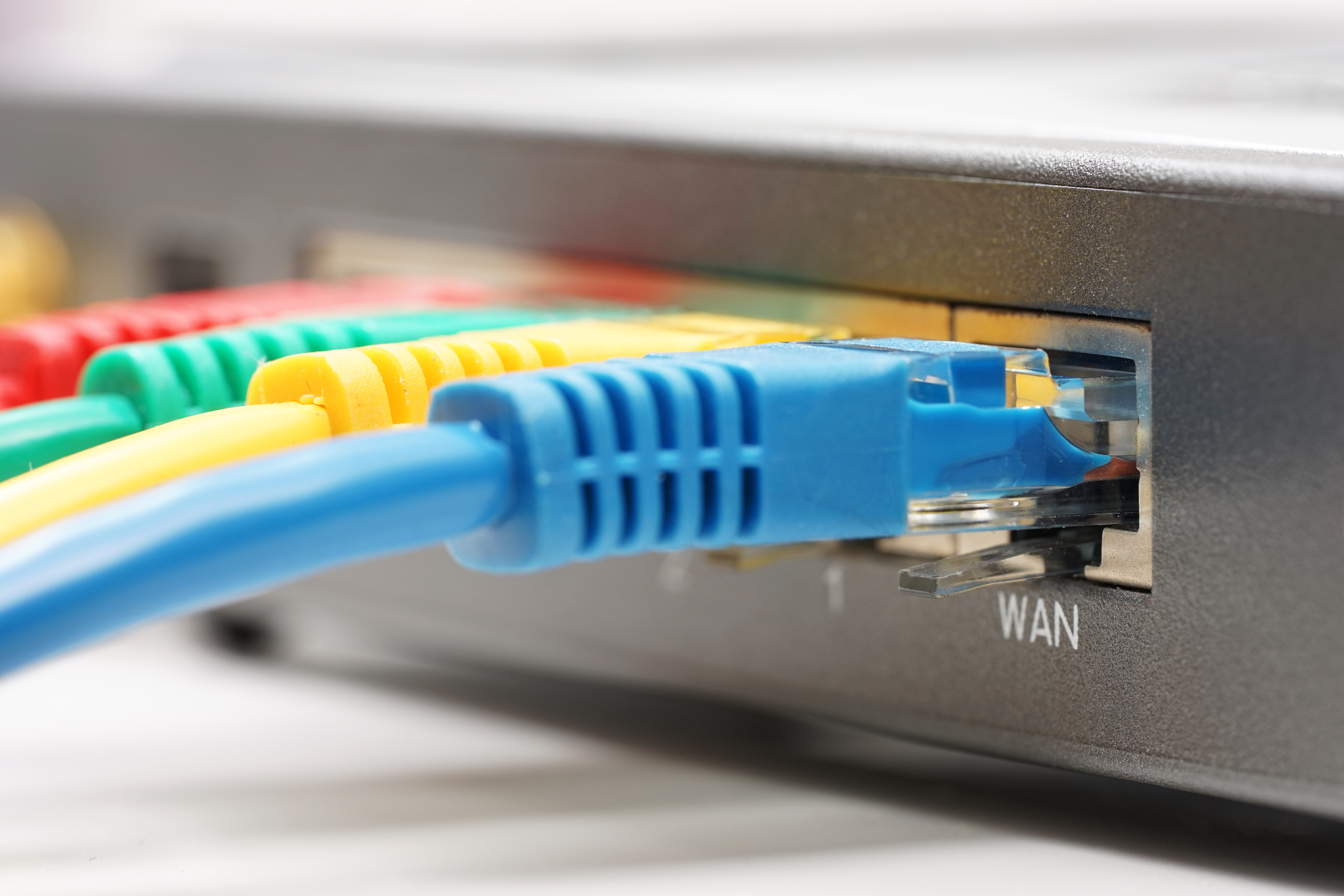If you're business has more than one location and you need to share data then you most likely want to set up a wide area network (WAN). When designing a wide area network, one of the most important considerations is choosing the correct connection type. You need to consider several factors before choosing your connectivity and have a solid understanding of all the connection types in order to make the right choice.

Connection Solutions
Dedicated Fiber - Fiber has been a buzz word for several years now. Its important to understand that fiber is thin glass wires used to transport data from one location to another. Don't be fooled by marketing terms such as "Air Fiber" or things like that because if you understand what fiber is you realize that its ridiculous to think of it in those terms, air fiber does not exist. Most major carriers have large fiber networks buried in the ground and will build out connectivity from that fiber to your building as part of the monthly service. The best fiber based WAN solutions are Metro Ethernet which provides layer 2 connectivity point to point, MPLS which allows layer 3 connectivity from one node to the next by routing labeled packets optimizing speed. Since dedicated connections are fixed, permanent connections, there is less overhead required to establish communication between two sites. The benefit here is security and private connectivity with consistent dedicated speeds.
VPN / SD WAN - Virtual Private networks or software defined wide area networks allow enterprises to leverage any combination of transport services including Internet Connectivity, MPLS or LTE (wireless). SD WAN uses a centralized control function to securely and intelligently direct traffic across the WAN. Traditional VPN are created and managed in the firewall at each branch office but the newer VPN technology is software based and places the brains or controller in the cloud so it can be managed from anywhere rather than at each location. The benefit here is SD WAN allows you to use inexpensive broadband circuits and bond them together if fiber solutions are not available. It works well in remote branches.
Why WAN?
Times have changed, and enterprises are using the cloud and subscribing to software-as-a-service (SaaS) but other users need to connect to the corporate data center to access business databases. The WAN is now more critical than ever in connecting to the cloud and for branch offices to connect to the headquarters. Determining the best WAN connection type for your business can be a difficult task. Properly analyzing WAN traffic, branch locations and bandwidth requirements is the key to successfully deploying WAN solutions.
Want to dig deeper regarding WAN solutions?


